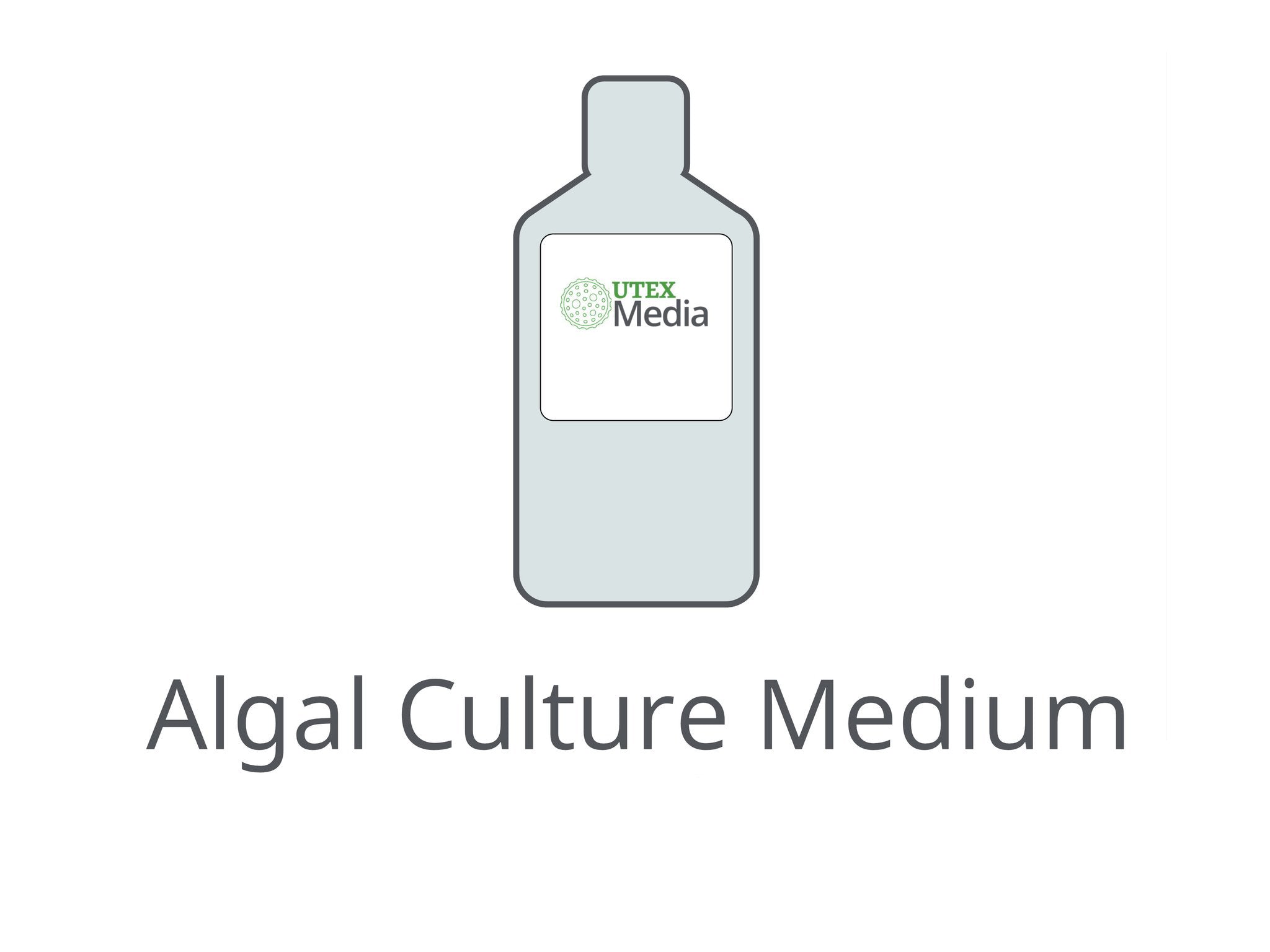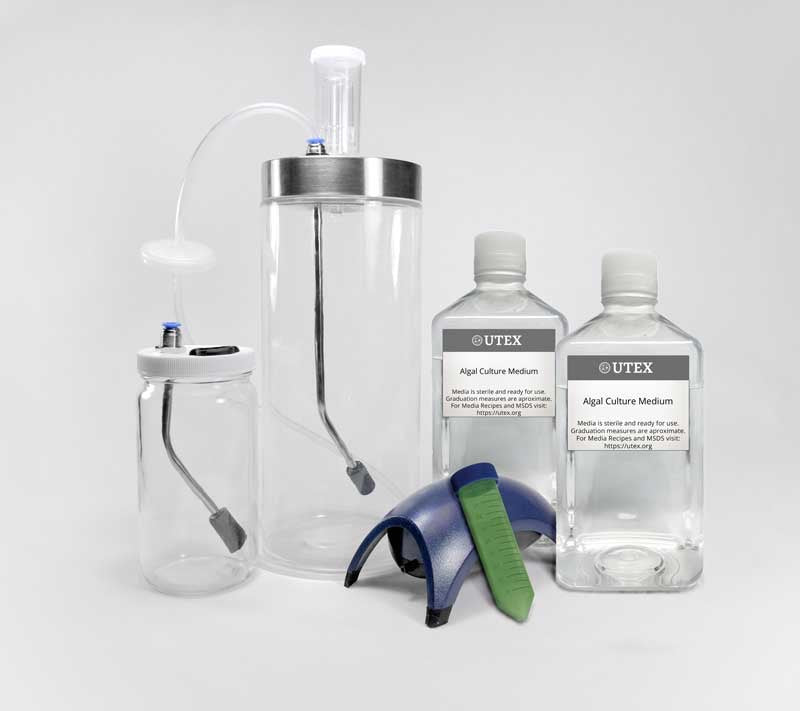Strain Information Only
Certain algal strains are no longer available for purchase through UTEX. Given that numerous research articles and publications, particularly those from earlier periods, may continue to reference specific UTEX strains, we will maintain and provide all accessible strain data for reference and informational purposes. In instances where these unavailable strains are cited, a related or sister strain may be found in the Algae Details section, which could present an alternative Culture Collection from which to acquire it.
Additionally, we recommend utilizing the "Search by Strain" feature on the World Federation for Culture Collections (WFCC) website to identify other Culture Collections that may possess the desired strain.







